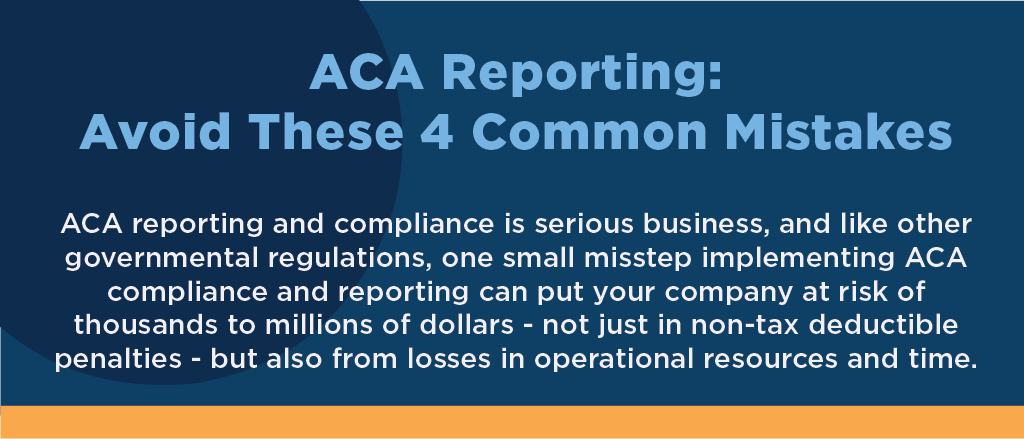
The Secret To Managing Employee Stress
Rise and shine. Kiss the kids and your partner. Feed the dog. Grab breakfast and head out the door. Jump in the car, on the bus, or subway. The sun is rising. It’s a new day. The work day is spread out before you.
Sounds wonderful, but sometimes it’s not.
When we go to work we take along an invisible backpack containing the worries of our family life (perhaps the child who didn’t sleep, the spouse who is unhappy, or the recently diagnosed mother), and a load of our own anxieties and concerns. The backpack is heavy, made heavier so by the pressures of our jobs. When we experience unhealthy amounts of stress, we physically are not at our best. Sleep is often interrupted, as is healthy eating, and good habits such as exercise. We also often self-medicate with medications or alcohol.
We all experience stress. Some stress, called eustress, is healthy. Eustress is motivating. It helps us get off the couch, get to work on time, get the report completed, or apply for the promotion. However, when we tip into distress, stress becomes unhealthy and unproductive.
It is usually pretty easy to identify an employee in distress. He or she may be anxious, moody, or unusually irritable. Why? It’s actually a physical reaction: When in distress we are only able to access a small section of our brain, the amygdala, the center for fight or flight response. When in this state, the manager’s brain cannot distinguish between real and perceived threats. This often gets in the way of relationships with colleagues. Conversations that could be collaborative negotiations instead end unproductively and harm the development of trust.
Constructive feedback is a great first step to providing assistance. Acknowledging the great work that your manager regularly produces, and that there has been a shift.
Here’s some sample dialogue that may help: “John, I hope you know how much you are valued at our firm. You are a key member of the team and we rely on your expertise. However, I’m worried about you. I noticed how you responded to Cindy in the meeting. I know her question was a bit off topic, but typically that would not have bothered you. I am wondering if there is something going on that you might be willing to share with me.”
If your manager is depressed or his/her anxiety is debilitating it may be time to refer the manager to the company’s EAP [Employee Assistance Program] or directly to a therapist for help. However, there may be other options. Executive coaching, with a qualified accredited coach, can provide objective feedback through validated diagnostics such as a 360 instrument, and one-one-one sessions to help the manager move forward towards more effective behaviors.
Katie Riker Sternberg, ACC, MSW, LMSW, MBA
About the Author: Katie Riker Sternberg, ACC, MSW, LMSW, MBA, is the Founder of Momentum Executive and Personal Coaching, LLC. Katie’s 25 years of experience is a blend of senior marketing leadership, entrepreneurship, independent consulting to business leaders, individual counseling and executive coaching. You can follow Katie on Facebook to keep up with her latest posts.
For more information on how Highflyer HR can provide you and your company with effective stress management solutions, contact us today!







